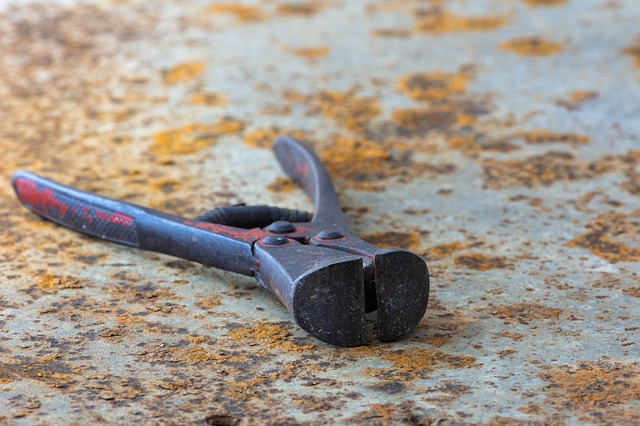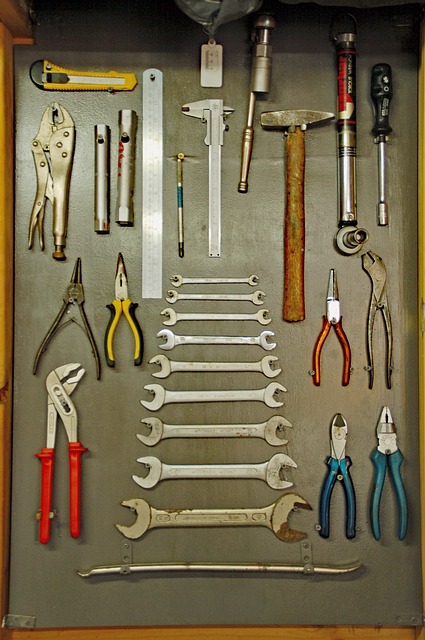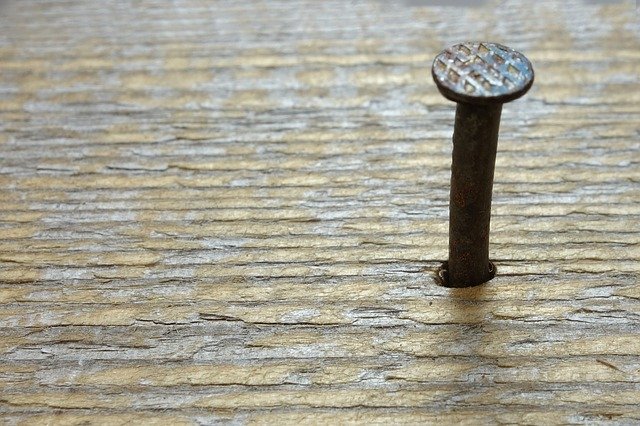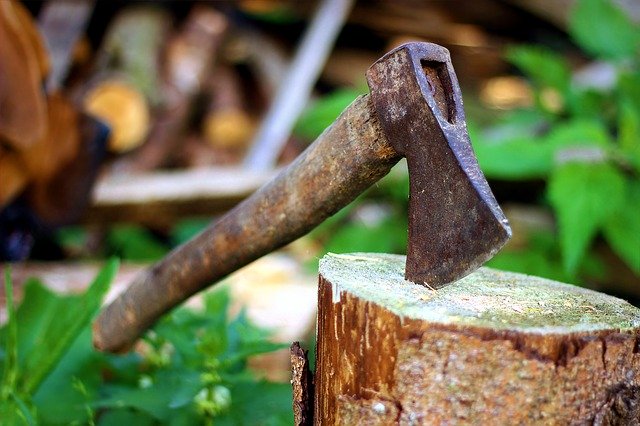5 German Idioms Using Tools Posted by Constanze on Jan 29, 2020 in Language
Guten Tag! Today we’re looking at German idioms – but not just any German idioms. These are all ones that are related to tools in some way.
The word for tool in German is das Werkzeug (plural: die Werkzeuge) and the German language is quite fond of idioms that involve different kinds of Werkzeuge. Here are some examples!
Das ist der Hammer
Tool in use: der Hammer (hammer).
Literally ‘That is the hammer’, this phrase has nothing to do with an actual hammer. Instead, it is a way of saying that something is awesome/amazing/brilliant. If you call something ‘the hammer’, it means you approve highly of it. Sometimes, people simply exclaim ‘Hammer!’ instead of saying the whole sentence.
Etwas/Jemanden nicht mit der Kneifzange anfassen
Tool in use: die Kneifzange (pliers/pincers).
Literally ‘Not touch something/someone with pliers/pincers’, this phrase is the German equivalent to the English ‘I wouldn’t touch it/him/her with a barge pole’! It is what you say when you find someone or something repulsive, and want to express your lack of interest in it/them. To use this idiom in a sentence: ‘Nicht mal mit der Kneifzange würde ich das anfassen’ (‘I wouldn’t even touch it with pliers’) or ‘Nicht mal mit der Kneifzange würde ich ihn anfassen’ (‘I wouldn’t even touch him with pliers’).
Zeigen, wo der Hammer hängt
Tool in use: der Hammer (hammer)
Literally ‘Show where the hammer hangs’, this phrase is used when you want to show someone what’s what, set some boundaries, make things clear. You might hear the phrase ‘Ich zeige dir, wo der Hammer hängt!’ (‘I’ll show you where the hammer hangs!’) whilst having a heated debate or argument.
Nägel mit Köpfen machen
Tool in use: der Nagel (nail)
Literally ‘Making nails with heads’, this phrase is used to describe people who do their jobs thoroughly and professionally, with great attention to detail, and see their job through to the very end. The ‘Kopf’ (head) part of this phrase refers to the head of the Nagel (nail) in this context. Back in the day when nails were made by hand, those with well-formed heads were naturally superior, and so those who made the nail-heads properly were regarded as true professionals.
Die Axt im Haus erspart den Zimmermann
Tool in use: die Axt (axe)
Literally ‘The axe in the house spares/saves the carpenter’, this phrase basically means that if you are good at DIY, you don’t need to hire someone to fix things for you all the time, so it’s a good idea to learn how to do things for yourself. It also has a more general meaning: Rely on yourself more, and on others less.

Build vocabulary, practice pronunciation, and more with Transparent Language Online. Available anytime, anywhere, on any device.








